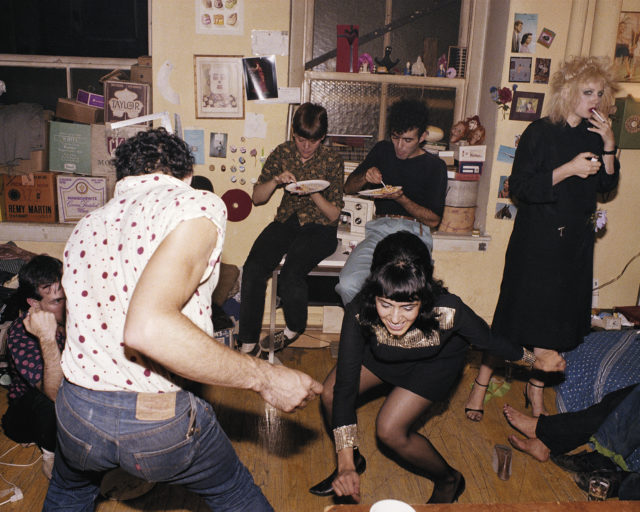15 Essential Photobooks by Women Photographers
From landmark volumes by Diane Arbus and Nan Goldin to modern classics by Deana Lawson, Rinko Kawauchi, Justine Kurland, and more.
Justine Kurland, Daisy Chain, 2000, from Girl Pictures (Aperture, 2020)
Courtesy the artist

Courtesy the artist/Galleria d’arte Martini & Ronchetti
Florence Henri: Mirror of the Avant-Garde, 1927–40 (2015)
A central figure at the Bauhaus and an active photographer in the decade before World War II, Florence Henri was a forerunner of photography in the twentieth century. Her experimental photographs pushed the medium forward with their highly original use of light, composition, and portraiture.
László Moholy-Nagy, who was a supporter and contemporary of Henri, wrote: “With Florence Henri’s photos, photographic practice enters a new phase—the scope of which would have been unimaginable before today.” Florence Henri: Mirror of the Avant-Garde, 1927–40 pays homage to her essential, but under-recognized, contributions to photography.
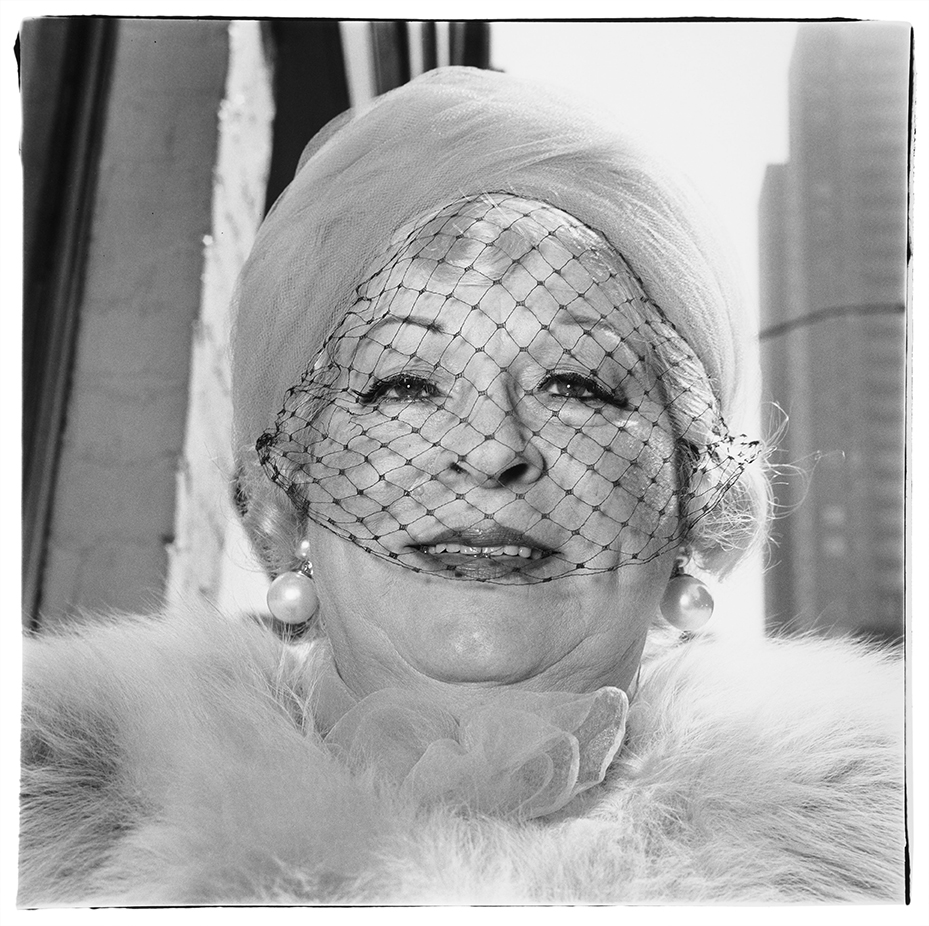
Courtesy the Estate of Diane Arbus
Diane Arbus: An Aperture Monograph, 2011 (First published 1972)
One of the best-known photographers of her generation, Diane Arbus was already a legend in the photography community when she died at the age of 48 in 1971. Despite her significant influence, only a relatively small number of her pictures were widely known at the time.
The following year, Aperture first published Diane Arbus: An Aperture Monograph, featuring eighty of Arbus’s now-iconic portraits—offering the general public its first encounter with her momentous achievements. Designed and edited by the painter Marvin Israel and Arbus’s daughter, Doon, the book aimed to remain as faithful as possible to the standards by which Arbus judged her own work and hoped it would be seen.
The response was unprecedented. Now, fifty years after its original publication, the monograph is universally acknowledged as a timeless masterpiece and remains the foundation of Arbus’s international reputation.

Courtesy the artist and Galerie Thomas Zander, Cologne
Judith Joy Ross: Photographs 1978–2015 (2022)
The work of Judith Joy Ross marks a watershed in the lineage of the photographic portrait. Her black-and-white, large-format portraits—unpretentious, quietly penetrating, startling in their transparency—consistently achieve the capacity to glimpse the past, present, and perhaps even the future of the individuals who stand before her lens.
“Ross’s pictures are holy in their awkwardness,” writes Rebecca Bengal, “the teen with the dark gothic bangs wielding a rake, the way the girls clasp their hands over their bathing suits.” Judith Joy Ross: Photographs 1978–2015 gathers over two hundred photographs, serving as a vital introduction to Ross’s groundbreaking work, as well as a testimony to her influence in the medium.
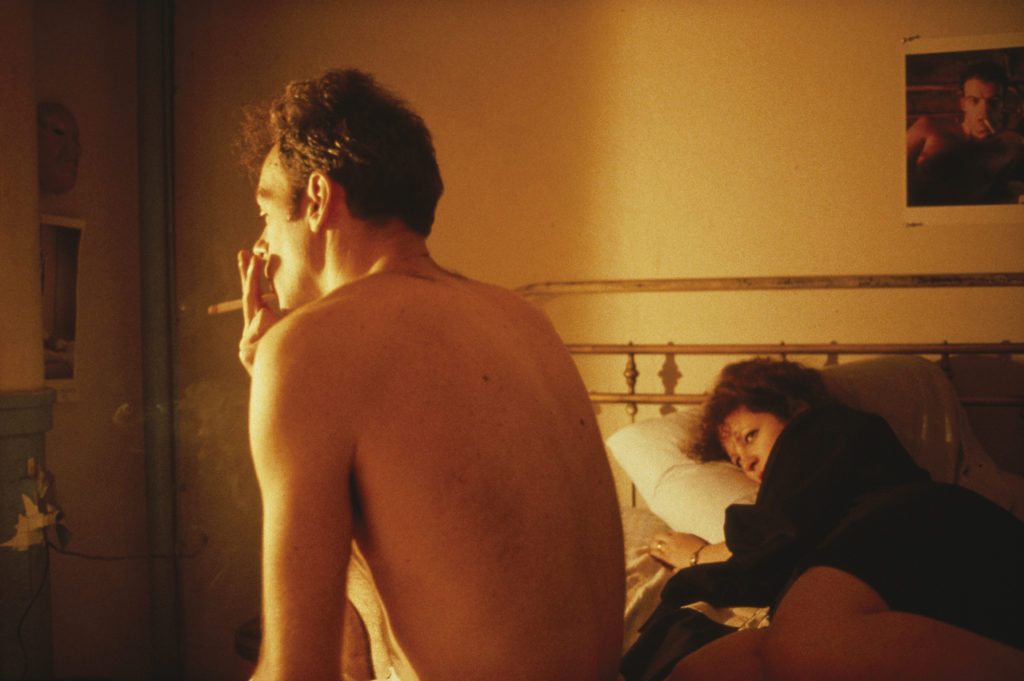
Courtesy the artist
Nan Goldin, The Ballad of Sexual Dependency, 2021 (First published 1986)
Nan Goldin’s iconic visual diary, The Ballad of Sexual Dependency, chronicles the struggle for intimacy and understanding between her friends, family, and lovers in the 1970s and ’80s. Goldin’s candid, visceral photographs captured a world seething with life—and challenged censorship, disrupted gender stereotypes, and brought crucial visibility and awareness to the AIDS crisis.
First published by Aperture in 1986, over twenty-five years later, the influence of The Ballad on photography and other aesthetic realms can still be felt, firmly establishing it as a contemporary classic. As Goldin reflects in an updated afterword from Aperture’s 2021 edition: “I took the pictures in this book so that nostalgia could never color my past. I wanted to make a record of my life that nobody could revise.”

Courtesy the artist
Ming Smith: An Aperture Monograph (2020)
Ming Smith’s poetic and experimental images are icons of twentieth-century African American life. Smith first moved to New York in the 1970s, supporting herself by modeling for agencies like Wilhelmina, before going on to join the Kamoinge Workshop. In 1975, Smith became the first Black woman photographer to have work acquired by the Museum of Modern Art, New York.
Throughout her career, Smith has photographed various forms of Black community and creativity—from mothers and children having an ordinary day in Harlem, to her photographic tribute to playwright August Wilson, to the majestic performance style of Sun Ra. Her trademark lyricism, distinctively blurred silhouettes, and dynamic street scenes established Smith as one of the greatest artist-photographers working today. As Yxta Maya Murray writes, “Her remarkable body of photography belongs in the canon for its wealth of ideas and for its preservation of Black women’s lives during an age, not unlike today, when nothing could be taken for granted.”
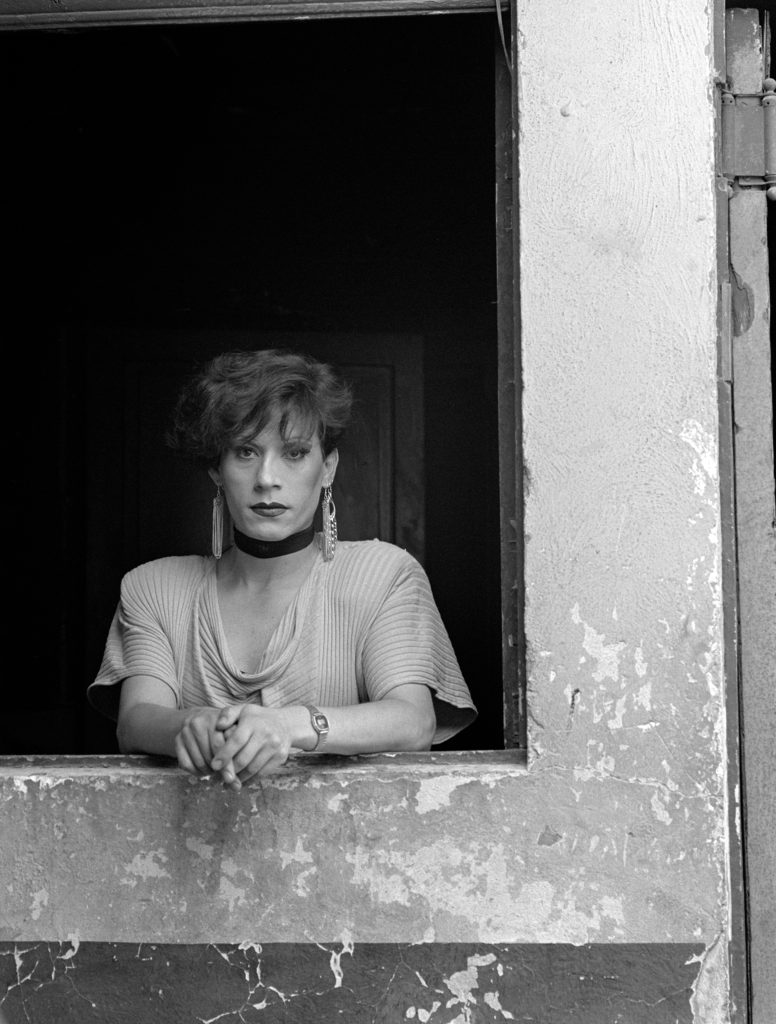
Courtesy the artist
Paz Errázuriz: Survey (2016)
Chilean photographer Paz Errázuriz is known for her steadfast commitment to her subjects, spending months or years with a community in order to build trust and carefully study social structures. During the Pinochet dictatorship in the 1970s and ’80s, Errázuriz photographed brothels, shelters, psychiatric wards, and boxing clubs—all places where women were not welcome.
“Errázuriz’s objective is not to translate current events onto photographic paper, as many photojournalists and reporters have done,” Juan Vicente Aliaga writes. “She strives to destabilize the normative visual order—an order based on bourgeois, classist values, patriarchal law, male heterosexist hegemony, and the language of white men.” Throughout all of her photographs, Errázuriz’s brave gaze stands out, showcasing the strength in her life-long methodology based on coexistence, trust, and mutual respect.
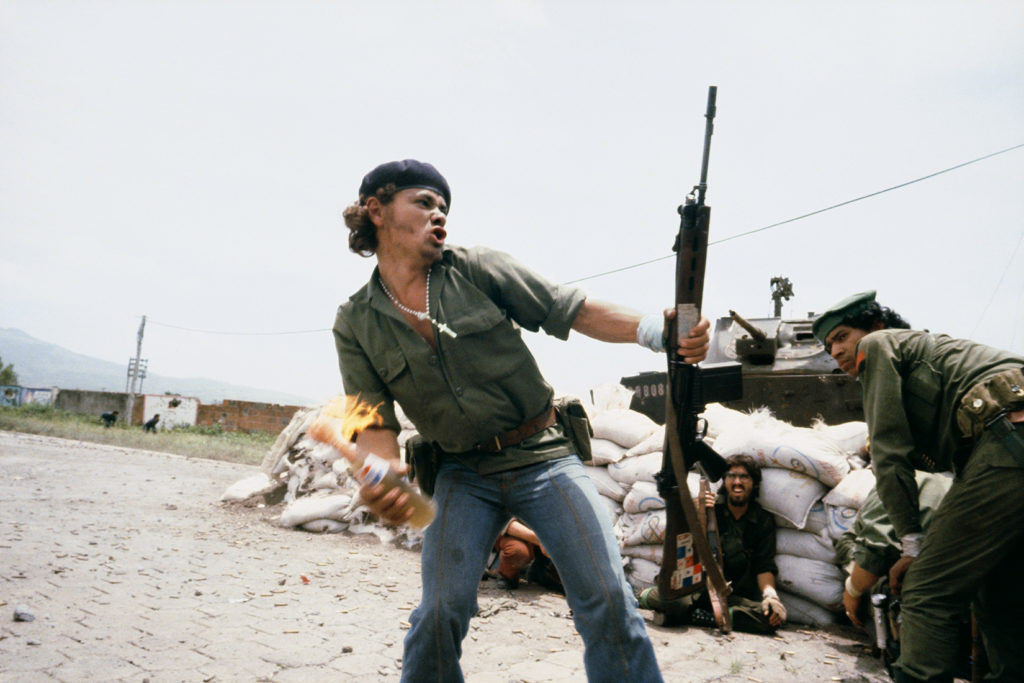
Courtesy the artist/Magnum Photos
Susan Meiselas: Nicaragua, 2016 (First published 1981)
In the late 1970s, Susan Meiselas traveled independently to Nicaragua to document the Somoza regime during its decline, culminating with the triumph of the Sandinista revolution in 1979. The photographs she made during this time would transform her career.
First published by Aperture in 1981, Nicaragua is widely regarded as a landmark contribution to the literature of photojournalism. Alongside Meiselas’s compelling images are interviews with various participants of the revolution, many of whom she got to know while photographing—forming an extraordinary narrative of a nation in turmoil. In 2016, Aperture released an updated edition featuring a conversation with Kristen Lubben on the history of Meiselas’s work in Nicaragua; how it has been circulated, revisited, repatriated, and reconsidered; and how and why it endures.
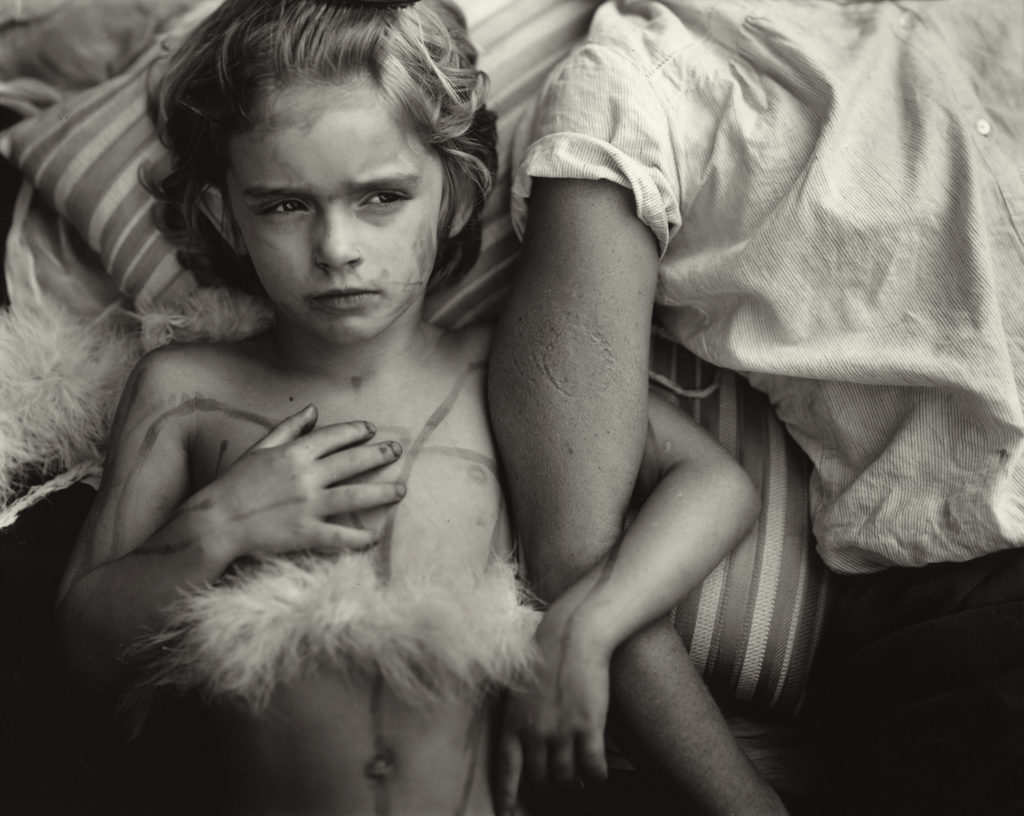
Courtesy the artist
Sally Mann, Immediate Family, 2015 (First published 1992)
When Aperture first published Immediate Family in 1992, it was met with both acclaim and criticism. Taken against the Arcadian backdrop of her woodland summer home in Virginia, Sally Mann’s intimate portraits of her children captured the sublime dignity and feral grace of family life, and explore the eternal struggle between a child’s simultaneous dependence and quest for autonomy.
At the time of publication, the book caused an uproar among religious conservatives who deemed the work pornographic. Today, Mann is firmly established as a preeminent American photographer, and Immediate Family is lauded by critics as one of the great photography books of our time.

Courtesy the artist
Justine Kurland: Girl Pictures (2020)
The North American landscape is an enduring symbol of romance, rebellion, escape, and freedom. At the same time, it’s a profoundly masculine myth: cowboys, outlaws, Beat poets. Photographer Justine Kurland, known for her utopian images of American landscapes and their fringe communities, sought to reclaim this space with her now-iconic series Girl Pictures. Taken between 1997 and 2002, Kurland’s photographs stage scenes of teenage girls as imagined runaways, offering a radical vision of community and feminism.
Kurland portrays these girls as fearless and free, tender yet fierce. They hunt and explore, braid each other’s hair, swim in sun-dappled watering holes. Kurland imagines a world at once lawless and utopian, an Eden in the wild. “I wanted to make the communion between girls visible, foregrounding their experiences as primary and irrefutable. I imagined a world in which acts of solidarity between girls would engender even more girls,” writes Kurland. “Behind the camera, I was also somehow in front of it—one of them, a girl made strong by other girls.”

Courtesy the artist and Marian Goodman Gallery
An-My Lê: On Contested Terrain (2020)
Throughout her thirty-year career, An-My Lê has photographed sites of former battlefields—spaces reserved for training for or reenacting war—and the noncombatant roles of active service members. Lê is part of a lineage of photographers who have adapted the conventions of landscape photography to explore the structures of conflict that have long informed American history and identity. Yet she is one of the few who have experienced the sights and sounds associated with growing up in a war zone, having evacuated her home country of Vietnam as a teenager in 1975.
On Contested Terrain is the first comprehensive survey of Lê’s work, featuring formative early works, as well as her well-known series Small Wars, 29 Palms, and Events Ashore, and Lê’s most recent photographs from the US-Mexico border. “Lê’s photographs are balanced, quiet, and nuanced works of art that offer the viewer an opportunity for contemplation,” Dan Leers writes. “She invites us to examine our own perception of, and involvement in, war as something that is not straightforward or clear-cut.”

Courtesy the artist
LaToya Ruby Frazier, The Notion of Family, 2016 (First published 2014)
LaToya Ruby Frazier’s award-winning first photobook, The Notion of Family, offers an incisive exploration of the legacies of racism and economic decline in America’s small towns, as embodied by her hometown of Braddock, Pennsylvania. Examining this impact throughout the community and her own family, Frazier intervenes in the histories and narratives of the region. Setting the story across three generations—her grandma Ruby, her mother, and herself—Frazier’s statement becomes both personal and political.
In The Notion of Family, Frazier knowingly acknowledges and expands on the traditions of classic black-and-white documentary photography, enlisting the participation of her family, her mother in particular. In the creation of these collaborative works, Frazier reinforces the idea of art- and image-making as transformative acts, means of resetting traditional power dynamics and narratives—both those of her family and of the community at large.
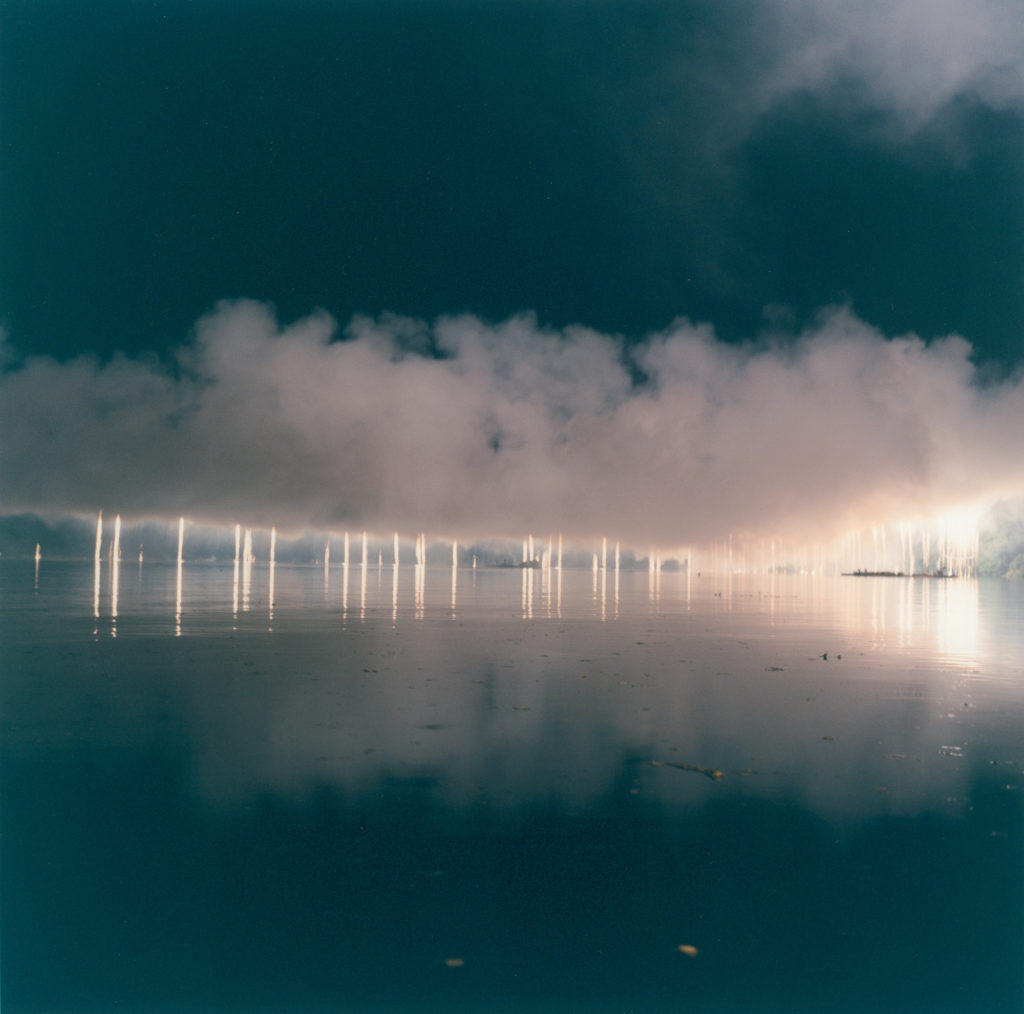
Courtesy the artist
Rinko Kawauchi: Illuminance, 2021 (First published 2011)
In her images of keenly observed gestures and details, Rinko Kawauchi reveals the mysterious and beautiful realm at the edge of the everyday world. For Kawauchi, the act of photographing is less a way of referring to the appearance of everyday reality than it is evoking the luminous openness that exists when the boundaries between things become blurred. As Kawauchi describes, “I want imagination in the photographs—a photograph is like a prologue. You wonder, ‘What’s going on?’ You feel something is going to happen.”
Ten years after its original publication, Aperture published a new edition of Kawauchi’s beloved photobook, retaining the artist’s original sequence alongside new texts by David Chandler, Masatake Shinohara, and Lesley A. Martin that contribute new context to and perspective on Kawauchi’s influential work.

Courtesy the artist; Rhona Hoffman Gallery, Chicago; and Sikkema Jenkins & Co., New York
Deana Lawson: An Aperture Monograph (2018)
Over the last decade, Deana Lawson has created a visionary language to describe identities through intimate portraiture and striking accounts of ceremonies and rituals. Using medium- and large-format cameras, Lawson works with models throughout the US, Caribbean, and Africa to construct arresting, highly structured, and deliberately theatrical scenes. Signature to Lawson’s work is an exquisite range of color and attention to detail—from the bedding and furniture in her domestic interiors, to the lush plants and Edenic gardens that serve as dramatic backdrops.
Aperture published the artist’s landmark first publication, Deana Lawson: An Aperture Monograph, in 2018. In 2020, Lawson became the first photographer to be awarded the Hugo Boss Prize. One of the most compelling photographers of her generation, Lawson’s images portray the personal and the powerful.
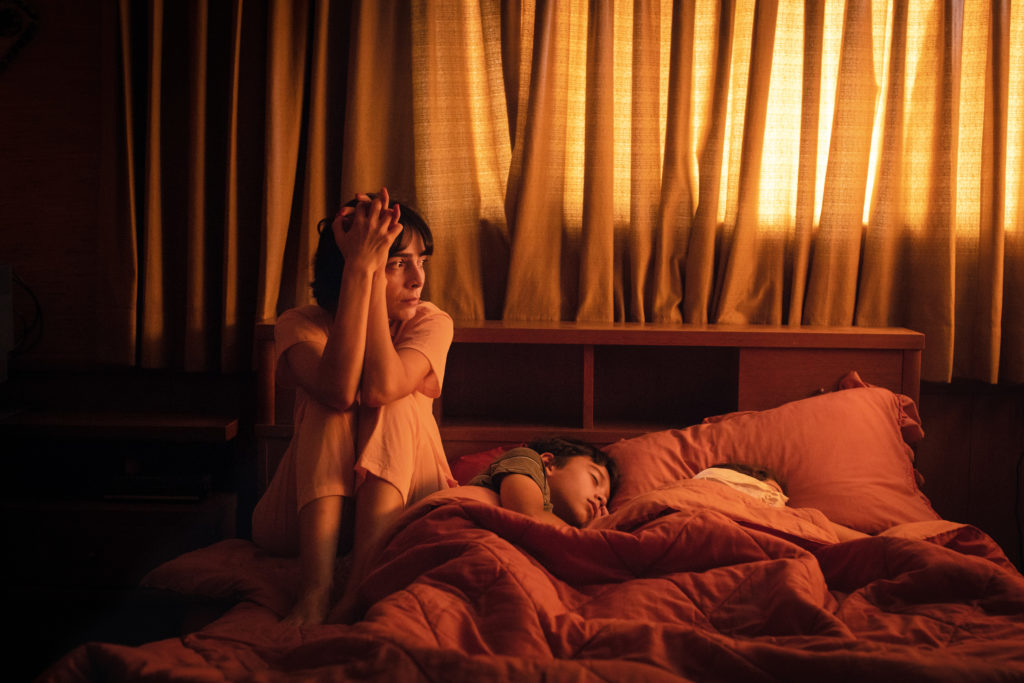
Courtesy the artist
Diana Markosian: Santa Barbara (2020)
In Santa Barbara, Diana Markosian recreates the story of her family’s journey from post-Soviet Russia to the US in the 1990s. Following the collapse of the Soviet Union, Markosian’s mother, Svetlana, moved to the US with her two young children. The family moved in with a man named Eli in Santa Barbara, California, a city made famous in Russia when the 1980s soap opera of that name became the first American television show broadcast there.
Weaving together reenactments by actors, archival images, and stills from the original Santa Barbara TV show, Markosian reconsiders her family’s story from her mother’s perspective, relating to her mother for the first time as a woman, and coming to terms with the profound sacrifices Svetlana made to become an American. Brought together in Markosian’s debut monograph, the series offers an innovative and compelling hybrid of personal and documentary storytelling.

Courtesy the artist
Sara Cwynar: Glass Life (2021)
Sara Cwynar’s multilayered portraits are an investigation of color and image-driven consumer culture. Cwynar’s work circles around a large range of ideas and interests, from the ways subjective notions of beauty form through images, to the fetishization of consumer objects and color, to informal image archives.
Working in her studio, Cwynar collects, arranges, and archives eBay purchases into her visually complex tableaux that examine how images circulate online, as well as how the lives and purposes of both physical objects and their likenesses change over time. This work is brought together in Glass Life, the first comprehensive monograph of this celebrated multidisciplinary artist.










